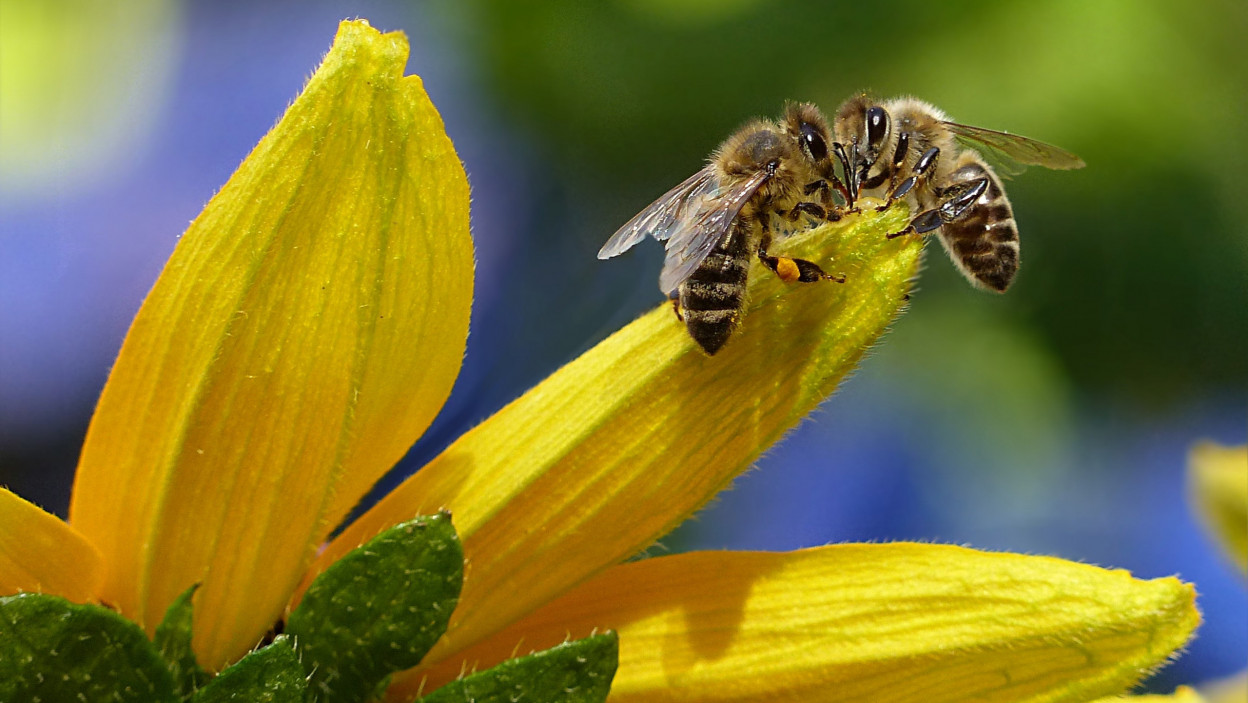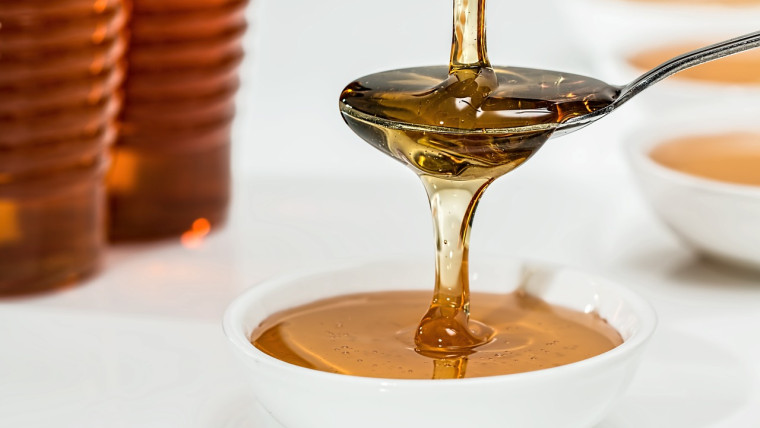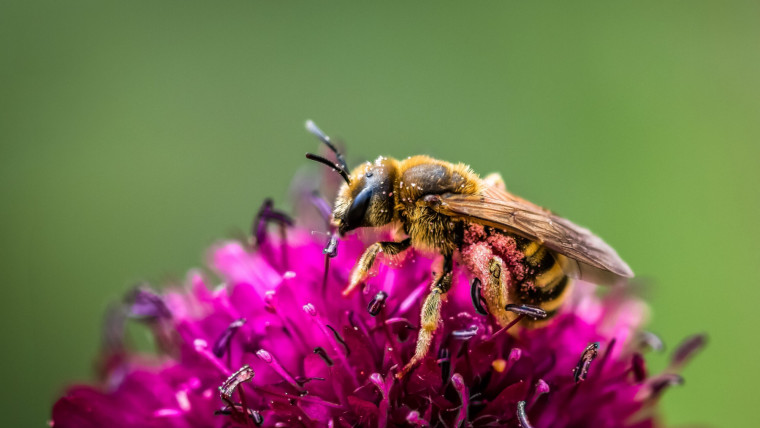Introduction: What is hibernation?
Most animals are less active in winter, but they don’t all hibernate. Hibernation is a state of inactivity that allows an animal to survive on stored energy reserves through periods of food scarcity. Although some insects, such as bees, can withstand cold winters by forming large clusters, true hibernation requires special adaptations.
Hibernation is an energy-conserving strategy used by many animals in response to adverse environmental conditions, such as a lack of food or extreme cold. By lowering their body temperature and metabolism, animals can reduce their energy requirements and survive on stored fat reserves. Hibernation typically lasts several months and may occur annually in response to the changing seasons.
Do bees hibernate?
Bees are interesting creatures that are known to work hard during the spring and summer months to gather food for the winter. But what do bees do when the weather gets cold and there is no food to be found? Do they hibernate like bears or other animals?
The answer is no, bees do not hibernate in the winter. Instead, they cluster together in their hive to keep warm. The bees in the center of the cluster will vibrate their wings to create heat, while the bees on the outside of the cluster will rotate so that everyone gets a turn in the warmth.
How do bees prepare for winter?
In winter, the worker bees huddle together around the queen bee to keep her warm. They flutter their wings to generate heat. The bees eat honey to give them the energy to keep flapping their wings. To survive the winter, a bee colony needs about 60 pounds of honey. Some bees will stay in their hives all winter. Others will fly out in search of food, water and shelter. If the weather is very cold, the bees will die if they leave the hive. There are more than 20,000 species of bees. They all have different appearances and behaviors. The honeybee is the most common type of bee used for commercial pollination. It is about 1/4 inch long and has a reddish-brown color.
What happens to bees during winter?
When winter comes, the bees must prepare for a long period of inactivity. The queen bee will stop laying eggs and the worker bees will stop gathering nectar. Instead, they will eat the honey they have stored up and huddle together to keep warm.
During this time, the bees will go into a sort of hibernation. Their heart rates will slow and they will become less active overall. This helps them to conserve energy and survive on the stores of honey they have built up.
Bees don’t vanish during the cold months
While bees may seem to disappear during winter, they are actually working hard to ensure their survival until spring arrives. How do bees communicate? Most bees and wasps communicate by using pheromones. Pheromones are chemicals that elicit a specific behavior in the recipient. Bees use pheromones to communicate with their fellow workers and queens.
When spring arrives and creatures that have remained dormant all winter begin to stir, the bees begin to warm up. The workers start to produce brood, and the queen starts laying eggs.
The queen will lay her eggs in the cells of a comb. The eggs are fertilized by sperm from her mate. After the larvae emerge, they are fed a diet of royal jelly. Beekeepers remove the queen bee so that only worker bees remain in the hive. This is done to prevent the queen from laying eggs, which would be extraneous to the needs of a colony.
The worker bees will begin to fill the hive with honey and pollen before winter arrives again. The worker bees are responsible for building wax combs in the hive. The queen bee lays eggs, which are fertilized by the male bees. The larvae hatch and develop into adult bees. Beeswax is produced in glands on the underside of bees’ abdomens.
Honeybees make honey from nectar gathered from flowers. They store the honey in honeycombs. Worker bees are responsible for collecting pollen from flowers and storing it in the hive. Honeybees use this stored pollen to feed their brood, which also consumes honey and nectar.
How can we help bees during winter?
Most bee species in North America are active during the spring and summer, but enter a period of dormancy during the fall and winter. While some bees die off during winter months, many survive by going into a state of “hibernation.”
During hibernation, bees significantly lower their metabolism and body temperature. Their heart rate can drop from hundreds of beats per minute to just a few. To survive the winter, bees cluster together in their hive and vibrate their muscles to generate heat.
If you’re a beekeeper, there are several things you can do to help your bees survive the winter:
• Make sure your hive is located in an area that receives at least six hours of sunlight each day. This will help bees generate enough heat to survive. Provide your bees with a source of water. Bees need to drink water in order to stay hydrated, and a frozen pond or lake won t do the trick! Make sure that you have an ample supply of honey for your bees.
Conclusion
Bees are vital to our ecosystem and without them, we would be in big trouble. They pollinate our plants and help to produce our food. So, what do they do in the winter when there is no pollen around? Some bees hibernate while others die off, leaving only the queens to start new colonies in the spring.
So, do bees hibernate in the winter? It depends on the type of bee. The worker bees die off because they are not able to survive the cold weather without food. The queen bees go into a state of semi-hibernation called “diapause.” During diapause, the queen’s metabolism slows down and she doesn’t eat much, but she doesn’t sleep either. She just stays alive until spring when she can start a new colony.








Bee Sting Relief Effective Treatments and Quick Remedies
Beyond Honey: Surprising Solutions for Bee Sting Pain
The Importance of Quick Action: Treating Bee Stings at Home
Emergency First Aid for Bee Stings: A Step-by-Step Guide